India customers to view on amazon.in
Mastering Dog Care Beyond Food and Walks
Providing the best life for your furry friend involves more than just the basics. While feeding and walking are essential, truly caring for your dog means understanding their unique needs and creating a balanced routine.
- The Foundations of Comprehensive Dog Care
- Advanced Nutrition Beyond Basic Kibble
- Tailoring Diet to Life Stage and Activity Level
- Supplements and Functional Foods
- Hydration Strategies for Optimal Health
- Professional-Level Grooming Techniques
- Breed-Specific Grooming Requirements
- Skin Care and Coat Maintenance
- Essential Grooming Tools and Products
- Dental Health: The Gateway to Overall Wellness
- Mastering Dog Care Beyond Food and Walks: A Holistic Approach
- Integrating Physical and Mental Health
- Alternative Therapies and Complementary Care
- Creating a Comprehensive Wellness Calendar
- Advanced Exercise Regimens for Physical Fitness
- Breed-Appropriate Exercise Options
- Building Strength and Endurance Safely
- Exercise Adaptations for Different Life Stages
- Mental Stimulation and Enrichment Activities
- Puzzle Toys and Interactive Games
- Sensory Enrichment Techniques
- Combating Boredom and Preventing Destructive Behaviors
- Socialization and Emotional Well-being
- Building Confidence in Different Environments
- Managing Anxiety and Stress
- Healthy Dog-Human Bonding Activities
- Health Monitoring and Preventive Care
- Regular Health Checks at Home
- Understanding Vaccination and Parasite Prevention
- Recognizing Early Signs of Health Issues
- Conclusion: Creating a Lifetime of Exceptional Care
- FAQ
- What are the most important aspects of dog care beyond food and walks?
- How can I tailor my dog’s diet to their life stage and activity level?
- What are some effective ways to provide mental stimulation for my dog?
- How often should I groom my dog, and what are the essential grooming tools?
- What are some signs of dental problems in dogs, and how can I prevent them?
- How can I help my dog manage anxiety and stress?
- What are some low-impact exercise options for senior dogs?
- How can I create a comprehensive wellness calendar for my dog?
- What are some healthy dog-human bonding activities?
- How can I recognize early signs of health issues in my dog?
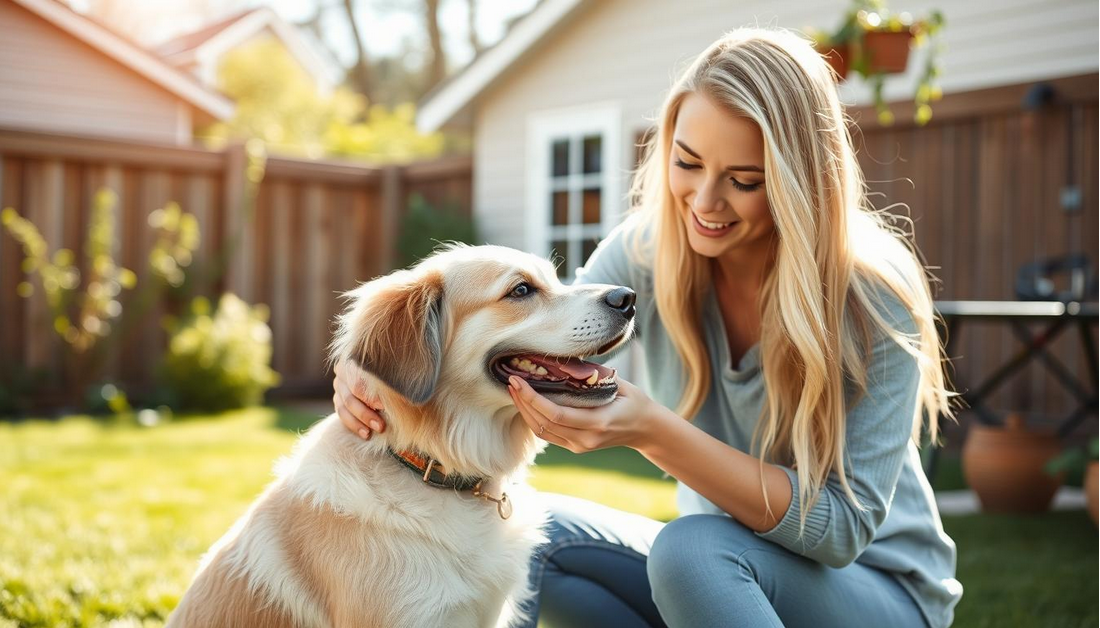
It’s about ensuring their overall well-being and happiness. In this article, we’ll explore advanced dog care tips that go beyond the fundamentals, helping you to provide exceptional care for your dog.
Key Takeaways
- Understand your dog’s unique needs for better care.
- Create a balanced care routine for overall well-being.
- Explore advanced dog care tips for a happier pet.
- Learn how to provide exceptional care beyond the basics.
- Discover the importance of a well-rounded dog care approach.
The Foundations of Comprehensive Dog Care
Comprehensive dog care goes beyond basic needs, requiring a thoughtful approach to your pet’s well-being. Providing expert dog care advice involves understanding the unique needs of your dog and creating a balanced care routine.
Understanding Your Dog’s Unique Needs
Every dog is different, with varying requirements based on their breed, age, and health conditions. Recognizing these differences is crucial for tailoring a dog care routine that meets their specific needs.
Creating a Balanced Care Routine
A balanced care routine involves a combination of daily, weekly, and monthly tasks. This includes regular grooming, exercise, and health checks, all of which contribute to comprehensive pet wellness.
Daily, Weekly, and Monthly Care Tasks
Daily tasks might include feeding and short walks, while weekly tasks could involve more extensive grooming and exercise sessions. Monthly tasks may include thorough health checks and adjustments to their care routine as needed, incorporating valuable canine health tips.
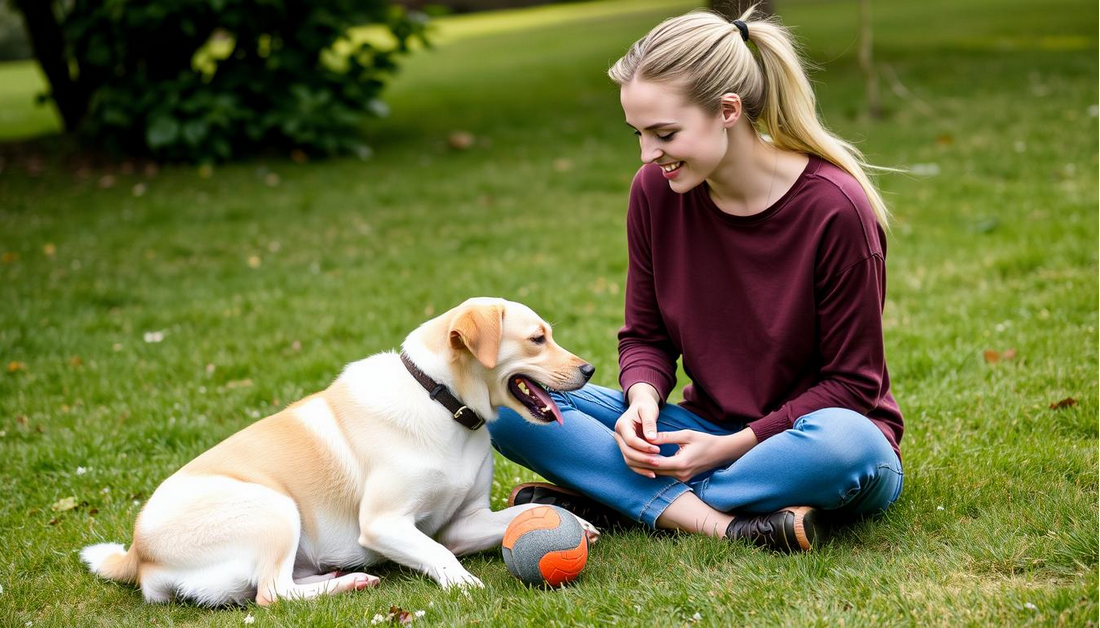
Advanced Nutrition Beyond Basic Kibble
Advanced nutrition for dogs goes beyond traditional kibble, incorporating tailored diets and supplements. To truly enhance your dog’s health, it’s essential to understand their specific nutritional needs.
Tailoring Diet to Life Stage and Activity Level
Just like humans, dogs have different nutritional requirements at various stages of their lives. Puppies, for instance, need more protein and calories to support their rapid growth, while older dogs may require fewer calories but more joint support. Similarly, highly active dogs need more energy-dense foods compared to their less active counterparts.
| Life Stage | Nutritional Needs | Recommended Foods |
|---|---|---|
| Puppy | High protein, high calories | Puppy formula with DHA |
| Adult | Balanced nutrients | High-quality adult dog food |
| Senior | Joint support, fewer calories | Senior dog food with glucosamine |
Supplements and Functional Foods
In addition to a balanced diet, certain supplements and functional foods can provide extra health benefits. Omega-3 fatty acids, for example, support skin and coat health, while probiotics promote a healthy digestive system.
Key Supplements for Dogs:
- Omega-3 fatty acids
- Probiotics
- Glucosamine and chondroitin for joint health

Hydration Strategies for Optimal Health
Adequate hydration is crucial for your dog’s overall health. Ensuring access to fresh, clean water at all times is essential. You can also incorporate moisture-rich foods into their diet to help maintain optimal hydration levels.
Tips for Encouraging Hydration:
- Change water frequently to keep it fresh
- Add water to their meals
- Use interactive water toys
Professional-Level Grooming Techniques
To keep your dog in top condition, it’s essential to understand and implement advanced grooming techniques tailored to their specific needs. Professional-level grooming is not just about maintaining your dog’s appearance; it’s a crucial aspect of their overall health and well-being.
Breed-Specific Grooming Requirements
Different breeds have unique grooming needs. For instance, long-haired breeds like the Afghan Hound require regular brushing to prevent matting, while short-haired breeds like the Boxer may need less frequent grooming but more attention to skin care. Understanding these breed-specific requirements is key to effective grooming.
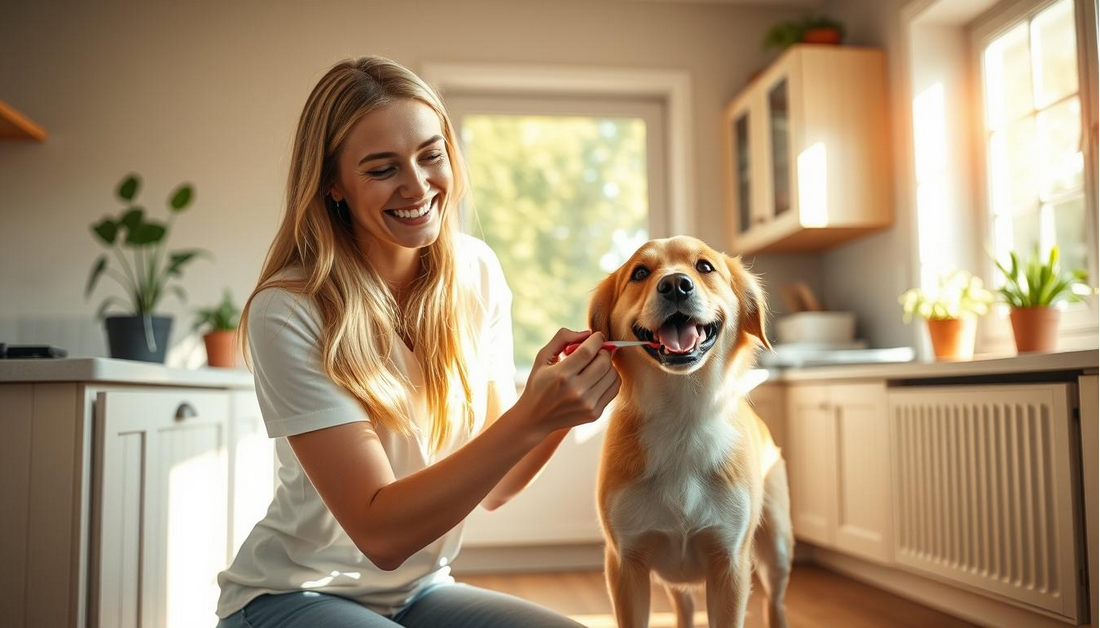
Skin Care and Coat Maintenance
Maintaining your dog’s skin and coat health is vital. Regular bathing with appropriate shampoos, conditioning, and brushing can prevent issues like dry skin and matting. For dogs with specific skin conditions, medicated shampoos or supplements may be necessary.
Managing Shedding and Matting
Shedding and matting are common issues, especially in certain breeds. Regular brushing is essential to manage shedding, while matting can be prevented with daily combing and regular trimming. Tools like slicker brushes and dematting rakes are invaluable for this purpose.
| Grooming Tool | Purpose | Best For |
|---|---|---|
| Slicker Brush | Removes tangles and mats | Long-haired breeds |
| Dematting Rake | Gently removes mats | Breeds prone to matting |
| Nail Clippers | Trims nails | All breeds |
Essential Grooming Tools and Products
Having the right grooming tools and products is crucial. This includes brushes, combs, nail clippers, and shampoos tailored to your dog’s coat type. Investing in high-quality tools can make a significant difference in your dog’s grooming and overall comfort.
“Regular grooming is not just about keeping your dog looking good; it’s about maintaining their health and detecting any potential issues early.” – Professional Dog Groomer
By mastering these professional-level grooming techniques, you can ensure your dog remains healthy, comfortable, and looks their best.
Dental Health: The Gateway to Overall Wellness
Your dog’s dental health plays a significant role in their overall wellness. Dental care for dogs is not just about maintaining a healthy smile; it’s about preventing a range of health issues that can arise from poor dental hygiene.
Preventing Dental Disease
Preventing dental disease in dogs involves regular brushing and check-ups. Daily brushing is ideal, but even a few times a week can make a significant difference. Using dog-specific toothpaste is crucial as human toothpaste can be harmful to dogs.

Effective Teeth Cleaning Methods
There are several effective teeth cleaning methods for dogs. These include:
- Brushing with dog-specific toothpaste
- Using dental chews and toys designed to reduce plaque
- Professional dental cleanings by a veterinarian
Signs of Dental Problems to Watch For
Being aware of the signs of dental problems can help you identify issues early. Common signs include:
| Sign | Description |
|---|---|
| Bad Breath | Persistent bad breath can indicate dental disease. |
| Yellow or Brown Teeth | Discoloration can be a sign of tartar buildup. |
| Red or Bleeding Gums | Gum inflammation or infection. |
As emphasized by veterinary professionals, “Regular dental care is crucial for preventing serious health issues in dogs.” By prioritizing your dog’s dental health, you can significantly contribute to their overall well-being.
Mastering Dog Care Beyond Food and Walks: A Holistic Approach
Adopting a holistic approach to dog care can significantly enhance your pet’s overall well-being. This comprehensive method considers all aspects of your dog’s health, ensuring a balanced and healthy lifestyle.
Integrating Physical and Mental Health
Integrating physical and mental health is crucial for holistic pet care. Regular exercise and a balanced diet are fundamental, but it’s equally important to provide mental stimulation through activities like puzzle toys and interactive games.
Alternative Therapies and Complementary Care
Alternative therapies such as acupuncture, massage, and aromatherapy can provide additional benefits, enhancing your dog’s physical and emotional well-being. These therapies can be used alongside conventional care to create a comprehensive wellness plan.
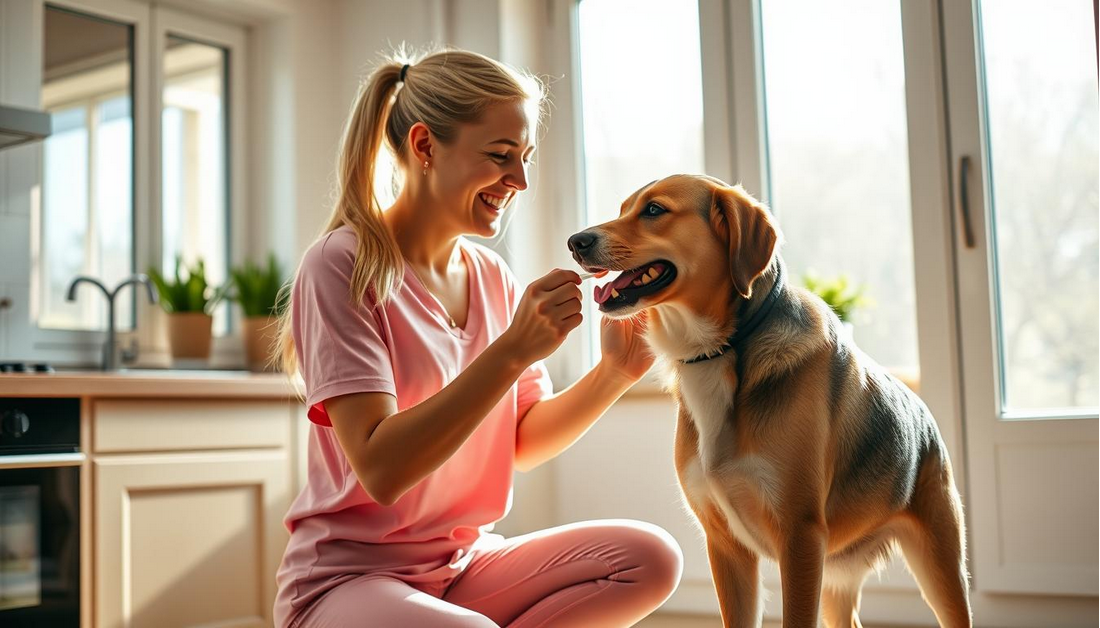
Creating a Comprehensive Wellness Calendar
To ensure you’re providing the best possible care, create a comprehensive wellness calendar. This calendar should include regular check-ups, vaccination schedules, and mental stimulation activities. By doing so, you’ll be able to monitor your dog’s health effectively and make necessary adjustments.
| Aspect of Care | Activities/Recommendations | Frequency |
|---|---|---|
| Physical Health | Regular exercise, balanced diet | Daily |
| Mental Health | Puzzle toys, interactive games | Several times a week |
| Alternative Therapies | Acupuncture, massage | As recommended by a veterinarian |
By adopting a holistic approach to dog care, you can promote a balanced and healthy lifestyle for your furry friend. This comprehensive strategy ensures that all aspects of your dog’s health are considered, leading to a happier, healthier pet.
Advanced Exercise Regimens for Physical Fitness
To take your dog’s physical fitness to the next level, consider implementing advanced exercise regimens tailored to their specific needs. Exercise is a crucial aspect of dog care, and a well-structured regimen can significantly enhance your dog’s overall health and quality of life.
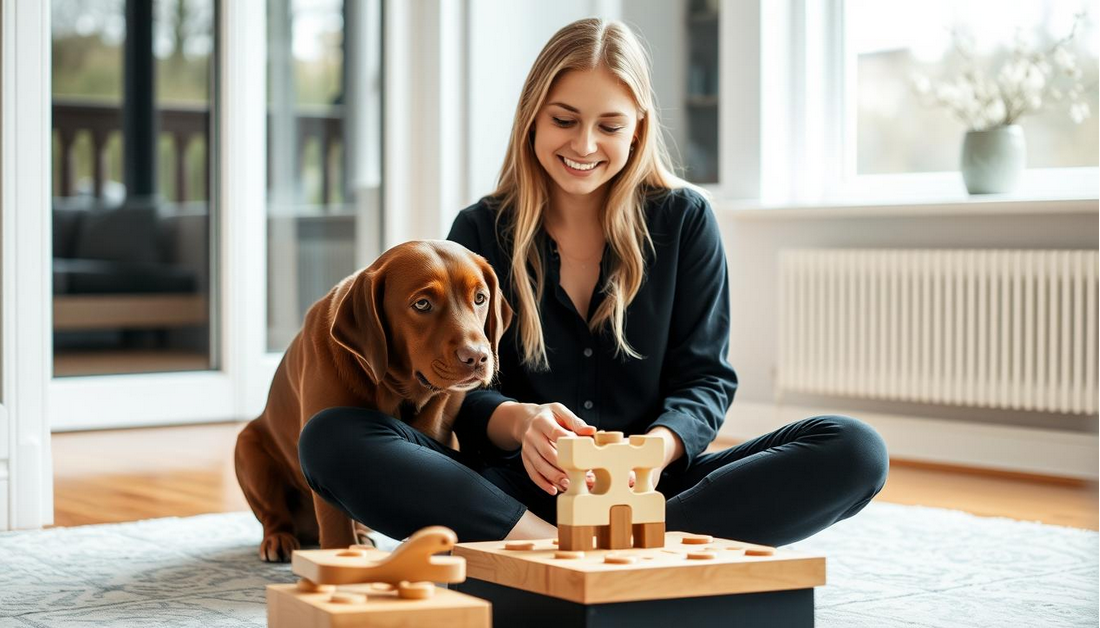
Breed-Appropriate Exercise Options
Different breeds have unique exercise requirements. For instance, high-energy breeds like Border Collies and Australian Shepherds need rigorous daily exercise, while lower-energy breeds like Bulldogs may require shorter, more gentle activities. Understanding your dog’s breed-specific needs is essential for creating an effective exercise plan.
Building Strength and Endurance Safely
To build strength and endurance in your dog, incorporate a variety of exercises such as agility training, fetch, and hiking. It’s crucial to introduce new exercises gradually to prevent injuries and allow your dog to adapt.
Exercise Adaptations for Different Life Stages
As your dog ages, their exercise needs will change. Puppies require play-based exercise to develop their motor skills, while adult dogs need more structured activities to maintain their physical fitness.
Low-Impact Options for Senior Dogs
For senior dogs, low-impact exercises like short walks, gentle stretching, and swimming can help maintain their mobility without putting excessive strain on their joints.
Mental Stimulation and Enrichment Activities
Engaging your dog in enrichment activities can significantly enhance their quality of life. Mental stimulation is crucial for maintaining your dog’s mental health and preventing boredom, which can lead to destructive behaviors. By incorporating a variety of activities into your dog’s daily routine, you can promote a more balanced and well-adjusted pet.
Puzzle Toys and Interactive Games
Puzzle toys and interactive games are excellent tools for providing mental stimulation. These toys challenge your dog to figure out how to get a treat out, keeping their mind engaged and active. Examples include:
- Treat-dispensing toys
- Interactive puzzle feeders
- Hide-and-seek games
These activities not only provide entertainment but also help in reducing anxiety and stress.
Sensory Enrichment Techniques
Sensory enrichment involves stimulating your dog’s senses to provide a range of experiences. Techniques include:
- Offering a variety of textures through different toys and surfaces
- Introducing new scents and smells
- Creating sensory trails or scavenger hunts
These activities can help keep your dog’s senses sharp and engaged.
Combating Boredom and Preventing Destructive Behaviors
Boredom can lead to destructive behaviors such as chewing furniture or digging. By providing mental stimulation and enrichment activities, you can combat boredom and prevent these behaviors. Regular engagement in puzzle toys and sensory enrichment can significantly reduce the likelihood of destructive behaviors.

In conclusion, incorporating mental stimulation and enrichment activities into your dog’s daily routine is essential for their overall well-being. By using puzzle toys, interactive games, and sensory enrichment techniques, you can keep your dog engaged, reduce boredom, and prevent destructive behaviors.
Socialization and Emotional Well-being
Emotional well-being in dogs is significantly influenced by their socialization experiences. Socialization is not just about introducing your dog to new people and other animals; it’s about creating positive experiences that foster emotional stability.
Building Confidence in Different Environments
To build confidence in your dog, it’s essential to expose them to various environments and situations. This can include visits to different parks, walks in busy streets, and interactions with diverse groups of people. Positive reinforcement is key; reward your dog with treats and praise when they exhibit confident behavior.
Managing Anxiety and Stress
Managing anxiety and stress in dogs requires a thoughtful approach. Identify the sources of your dog’s anxiety and work on desensitizing them to these triggers. Techniques such as gradual exposure and counterconditioning can be highly effective.
Healthy Dog-Human Bonding Activities
Engaging in healthy dog-human bonding activities strengthens your relationship with your dog and enhances their emotional well-being. Activities such as interactive play, obedience training, and simply spending quiet time together can significantly improve your dog’s emotional health.
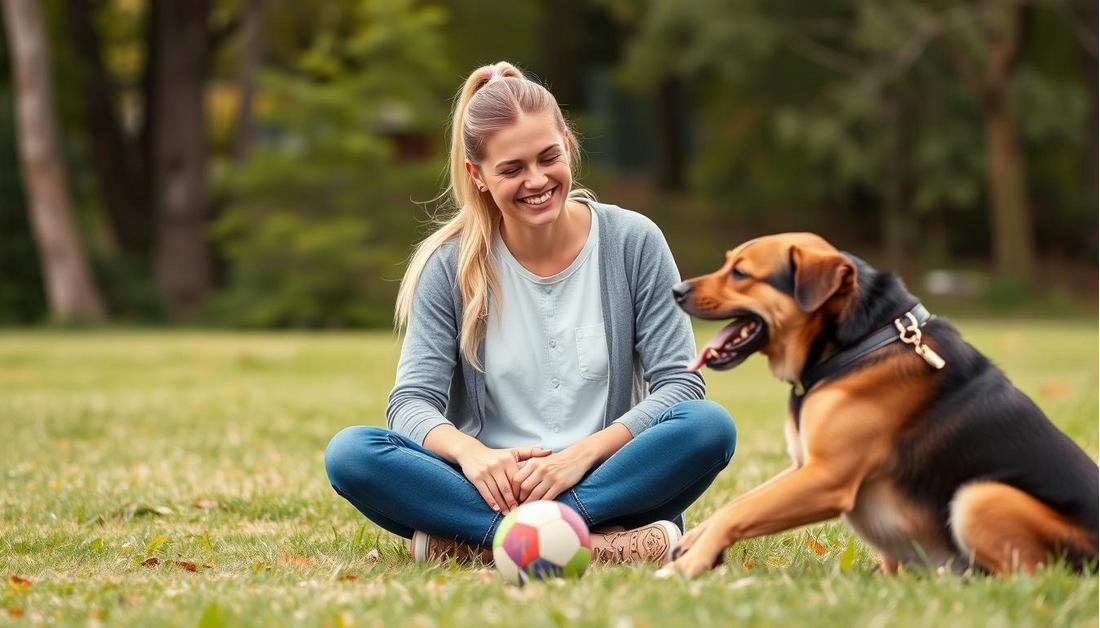
By prioritizing socialization and emotional well-being, you can help your dog become a well-adjusted and happy companion. Remember, every dog is unique, so it’s crucial to tailor your approach to your dog’s specific needs and personality.
Health Monitoring and Preventive Care
Health monitoring and preventive care are crucial elements in ensuring your dog leads a healthy life. By being proactive, you can identify potential health issues early and take steps to prevent them from becoming serious.
Regular Health Checks at Home
Conducting regular health checks at home is an essential part of dog care. This involves checking your dog’s overall condition, looking for signs of illness or injury, and monitoring their behavior. Regular checks can help you catch health problems early, when they are easier to treat.
Understanding Vaccination and Parasite Prevention
Vaccinations and parasite prevention are critical components of preventive care. Staying up-to-date on vaccinations protects your dog from serious diseases, while parasite prevention measures, such as flea, tick, and heartworm preventatives, safeguard against parasites that can cause significant health issues.
| Vaccination Type | Purpose | Frequency |
|---|---|---|
| Rabies Vaccination | Protection against rabies | Every 1-3 years |
| Distemper, Hepatitis, Parvovirus (DHPP) | Protection against distemper, hepatitis, and parvovirus | Every 3-4 weeks until 16 weeks, then boosters |
Recognizing Early Signs of Health Issues
Being able to recognize early signs of health issues is vital. Changes in appetite, vomiting, diarrhea, lethargy, or difficulty breathing are all indicators that something may be wrong. Knowing when to seek veterinary care can make a significant difference in your dog’s outcome.
When to Call the Veterinarian
If you notice any unusual signs or symptoms, it’s essential to contact your veterinarian. They can provide guidance on whether your dog needs to be seen immediately or if the issue can wait until a scheduled appointment.
Building a Pet First Aid Kit
A pet first aid kit is a valuable resource in case of emergencies. It should include supplies such as bandages, antiseptic wipes, tweezers, and any medications your dog may need. Being prepared can help you respond effectively in a crisis.
Conclusion: Creating a Lifetime of Exceptional Care
Providing a lifetime of care for your dog involves a commitment to comprehensive and compassionate care. By following the guidelines outlined in this article, you can ensure your dog receives the best possible care throughout their life.
Exceptional dog care encompasses more than just basic needs; it involves a holistic approach that includes nutrition, grooming, exercise, and mental stimulation. By prioritizing your dog’s unique needs and providing a loving and supportive environment, you can promote a happy and healthy life for your furry friend.
A lifetime of care means being proactive about your dog’s health, from regular health checks to preventive care. By doing so, you can help prevent health issues and strengthen your bond with your dog, ensuring a comprehensive pet wellness that lasts a lifetime.
FAQ
What are the most important aspects of dog care beyond food and walks?
Mastering dog care goes beyond the basics of feeding and walking your dog. It involves understanding their unique needs, creating a balanced care routine, and ensuring their overall well-being, including grooming, exercise, and mental stimulation.
How can I tailor my dog’s diet to their life stage and activity level?
Tailoring your dog’s diet to their life stage and activity level is essential for maintaining optimal health. Consult with your veterinarian to determine the best diet for your dog based on their age, breed, and activity level.
What are some effective ways to provide mental stimulation for my dog?
Providing mental stimulation for your dog can be achieved through puzzle toys, interactive games, and sensory enrichment techniques. These activities can help combat boredom and prevent destructive behaviors.
How often should I groom my dog, and what are the essential grooming tools?
The frequency of grooming depends on your dog’s breed and coat type. Regular grooming tasks include brushing, nail trimming, and ear cleaning. Essential grooming tools include a brush, nail clippers, and ear cleaning solution.
What are some signs of dental problems in dogs, and how can I prevent them?
Signs of dental problems in dogs include bad breath, yellow or brown teeth, and changes in eating habits. Preventing dental disease can be achieved through regular teeth cleaning, dental chews, and veterinary check-ups.
How can I help my dog manage anxiety and stress?
Managing anxiety and stress in dogs can be achieved through socialization, exercise, and training. Additionally, techniques such as massage, aromatherapy, and calming aids can help promote relaxation.
What are some low-impact exercise options for senior dogs?
Low-impact exercise options for senior dogs include short walks, gentle play, and swimming. These activities can help maintain mobility without putting excessive strain on their joints.
How can I create a comprehensive wellness calendar for my dog?
Creating a comprehensive wellness calendar involves scheduling regular veterinary check-ups, vaccinations, and parasite prevention. Additionally, include activities such as grooming, exercise, and mental stimulation to promote overall well-being.
What are some healthy dog-human bonding activities?
Healthy dog-human bonding activities include training, playing, and simply spending quality time together. These activities can strengthen your relationship with your dog and enhance their emotional well-being.
How can I recognize early signs of health issues in my dog?
Recognizing early signs of health issues in dogs involves monitoring their behavior, appetite, and physical condition. Consult with your veterinarian if you notice any changes or unusual symptoms.







